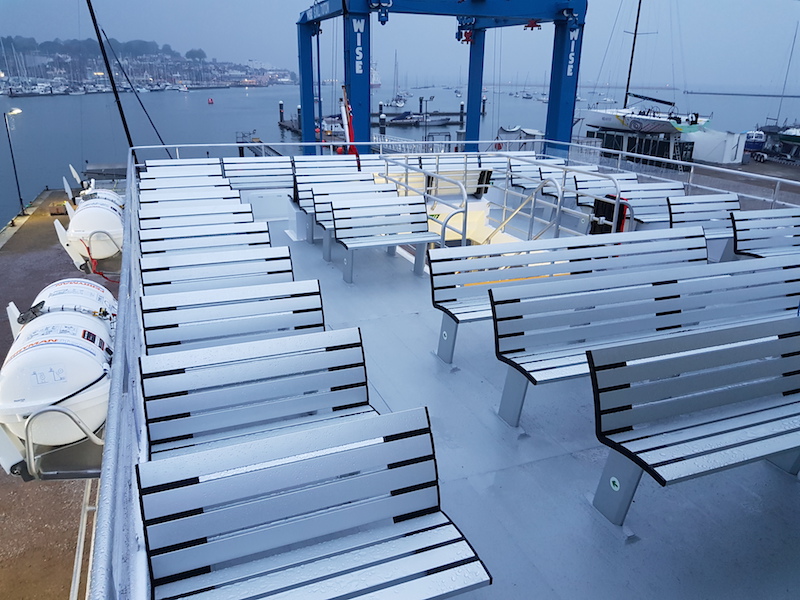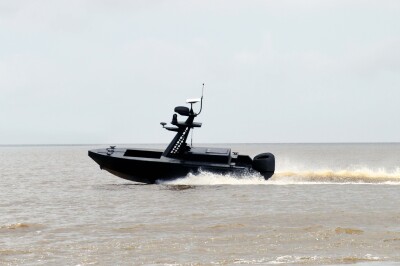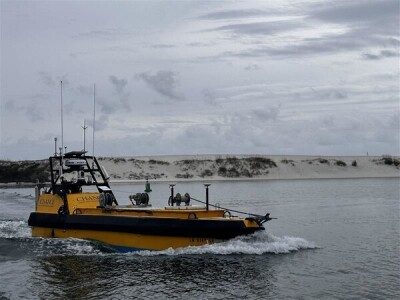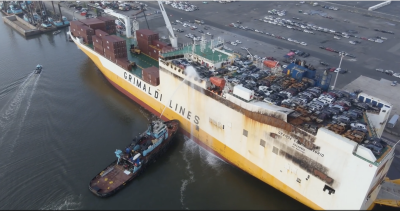That vacation trip that you’ve been looking forward to for a long time starts with a two-and-a-half hour ferry ride to a coastal island you’ve never been to. No driving for you. Forget the stress. Just sit back, relax, and enjoy the coastal scenery and fresh air.
Not so long ago, that would have been an easily envisioned scenario but not now, not with the coronavirus pandemic. Not with constantly having to wear a mask and keeping a bottle of hand sanitizer in your pocket. Then, before getting on board that ferry, you likely may have to answer self-assessment health questions and submit to a temperature check. Once on board, if food is available, it just might come prepackaged and sealed. All in all, it’s not what you may have imagined when you started making plans for the vacation trip a little over a year ago.
Considering today’s health-related circumstances, the more effort ferryboat operators put into making the ride as comfortable and safe as possible (emphasize the safe), the greater the chances of getting repeat business. Perhaps start by turning to a company that has taken the coronavirus pandemic into consideration for its seating designs.
UES Seating, an Australian company with a U.S. manufacturing facility in Los Angeles, has been striving to reduce the impact of Covid-19 on passengers, even creating its own Covid-19 task force.
“During the pandemic we’ve really gone back to the drawing board,” said Zachary Reed, UES Seating’s international sales manager. Coming up with a seating arrangement that’s safe and comfortable while maintaining social distancing protocol “is key to making passengers feel comfortable.”
UES’s emphasis is on modular seating systems for the most flexible arrangements to achieve some social distancing. That means being able to quickly and easily remove seats to gain the needed six-foot distance between passengers.
“A snap-in and snap-out system is one thing we do for ferries,” said Reed. For a fixed row of UES seats, the seats are mounted on an aluminum beam that’s bolted to the deck. In a row of five seats, removing two seats allows for social distancing, he noted. Each seat is quickly removed by undoing two bolts. It takes 30 seconds to a minute to remove a seat. “It comes right off without leaving weird holes.”
With the seats gone, what happens with the space that was just created? UES makes a table that can be “clicked into the spot” as well as a clear Plexiglas sneeze-guard divider. The two can be combined with the Plexiglas divider mounted on the table. “It doesn’t look weird,” said Reed. “Passengers taking ferries want that experience without it being strange.”
The seats, Reed said, are “the lightest in the industry,” so removing a large number of seats and replacing them with tables, which are about the same weight, won’t throw off a vessel’s stability.
When Covid-19 finally eases, the seats can just as easily be returned to their original locations, “allowing you to quickly revert back to your original deck plan.”
CLEANLINESS
Maintaining clean seating is critical for health reasons, but who wants to sit on a dirty seat, even one that only appears to be slightly dirty? Well, nobody. So, it helps to have seats that aren’t magnets for dirt, lint and whatever else might be brought aboard.
Australia’s Beurteaux, which supplies marine seating to the fast ferry market throughout the world, has recently come out with a couple of seats designed to be as maintenance free and clean as possible.
The Alby Bench has a classic look to it and is Beurteaux’s newest exterior seat. Constructed of extruded aluminum it is designed to be weather proof and maintenance free, said Dan Reed, sales manager for Beurteaux North America in Swansea, Mass. It can be powder coated to almost any color, and powder-coated surfaces are relatively easy to clean.
The Alby Bench is available in any length and can be mounted on a supporting wall or on deck with its own custom leg system. The fastening system for the extrusions is out of sight creating a smooth seating surface. The Alby Bench can also be set up to store life jackets beneath it.
Maintenance, or should we say the lack of maintenance, has been a customer demand that has been driving the development of Beurteaux seats for both exterior and cabin seating. “On a ferry boat it used to be a bear of a job to put new seat covers on after they became faded, ripped or dirty,” said Reed.
To make that chore less onerous for a ferry’s crew, Beurteaux developed what Reed refers to as “the quick change approach.” It’s used with Beurteaux’s BTFC seats and the Nyra bench lounge system. Both were introduced in the past couple of years and are mostly used on high-speed ferries and crewboats. The “quick change” means the covers can be switched in five to 10 minutes, which is especially important for ferries on busy passenger routes.
The Nyra lounge is a lower profile bench-style seat with fully padded back and bottom cushions. It’s often found on passenger ferries facing dining tables. The BTFC is a high-backed seat with a fully padded cushion, though it is also available in a low backed model for ecotourism runs, so outboard seats don’t block the windows. “To get high-backed fully upholstered padded seats is very difficult to achieve with the new regs,” said Reed.
He’s referring to Coast Guard fire load requirements for certain high-speed ferries for the foam and fabric used in the seat. In fact, the fire load requirement for U.S. ferry operations was the impetus for the development of the BTFC and Nyra lounge seats.
The fire load requirement is a measure of the weight of combustible materials that are within a particular space. It includes seating materials and carpets but not a seat’s aluminum frame, which is noncombustible. “The Coast Guard wants to keep (combustible materials) to one pound per square foot of deck,” said Reed. “A lot of high-speed catamaran ferries have that requirement.” So, if it is a 1,000 sq.-ft. area you would be allowed a total of 1,000 lbs. for however many seats you want.
Both the BTFC seat and the Nyra bench-style seat meet the requirement. The seat’s fabric is the customer’s choice, though it must be wool based, vinyl or leather. Beurteaux builds the seat’s frame, the covers and the foam.





